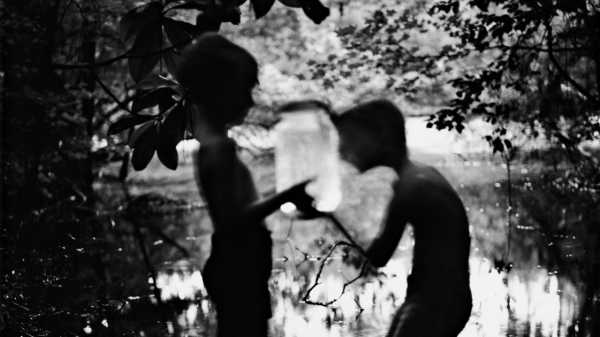
The five decades that Keith Carter has spent documenting small-town Texas more than make up for the fact that he was born in Wisconsin. His family moved to the town of Beaumont when he was just a few years old, in the early nineteen-fifties, and his single mother took up commercial portrait photography to support them. Mesmerized by the red-tinted darkroom printing he witnessed in their kitchens growing up, he turned to photography after graduating from Lamar University with a business degree. He has since built a prolific career making art of and for the place he’s from. “My home town,” Carter has said, “is the backdrop for a rich East Texas storytelling culture, an occasional mystifying spirituality, and abundant folklore,” qualities that manifest themselves in the rich, allegorical images he produces.
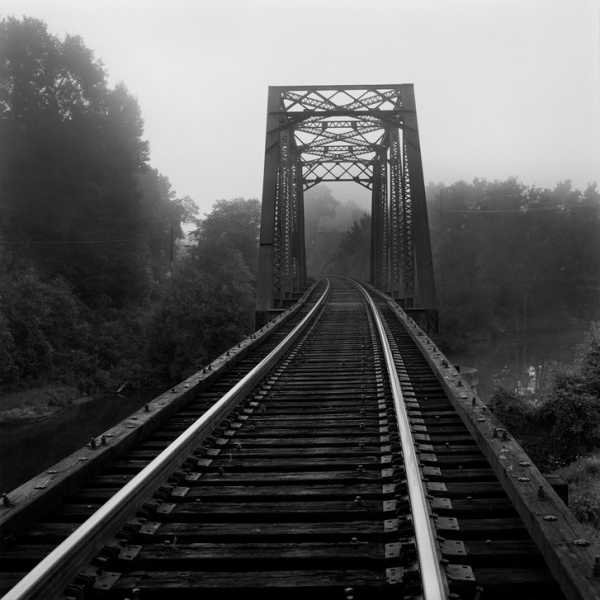
“Railroad Trestle,” 1987.
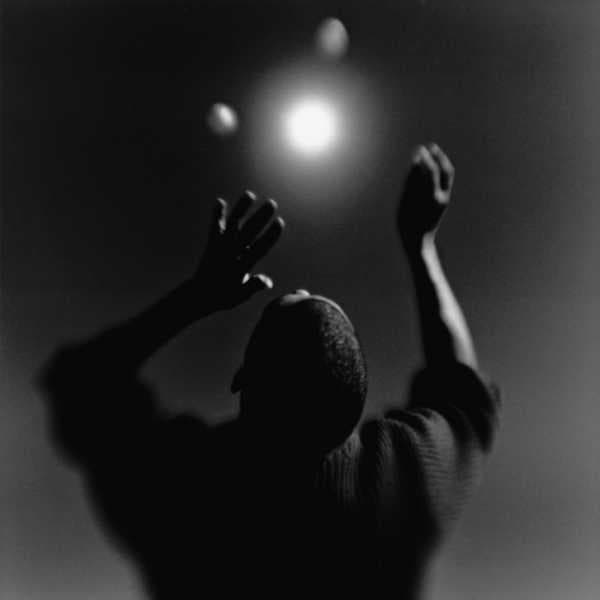
“Juggling with the Moon,” 2007.
Carter’s life’s work, to be published in a new collection next year titled “Fifty Years” (University of Texas Press), amounts to a vast tribute to Texas and to Beaumont, whose “claims to fame are the oil boom—Spindletop blew here—some legendary area musicians (Janis Joplin, Gatemouth Brown, Johnny and Edgar Winter), frenzied hurricanes, and honking big mosquitoes,” as Carter once wrote in Texas Monthly. But what interests Carter even more than the stories Texas tells about itself are the everyday figures—idle kids, blue-collar workers, animals both domesticated and less so—that contribute to the state’s mythology.
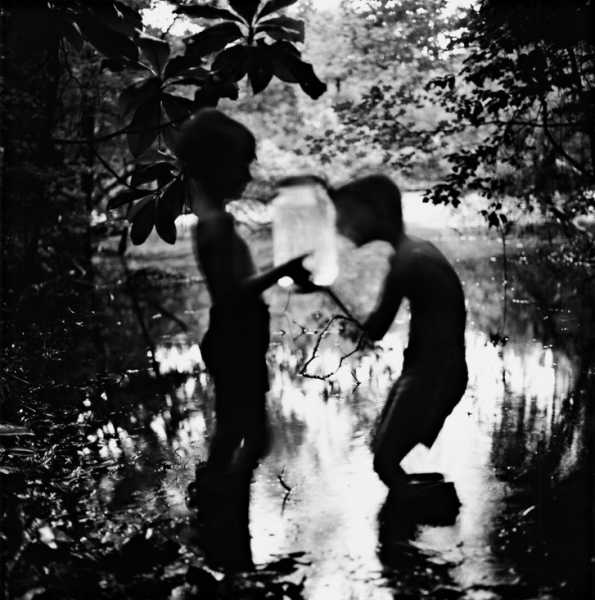
“Fireflies,” 1992.
In the nineteen-nineties, having earned recognition for his documentary work, Carter began to experiment with a new visual language. His most well-known image, “Fireflies,” from 1992, shows two prepubescent boys holding a glowing jar, their forms out of focus and framed by a dark halo of magnolia branches. His subsequent work brought figures and light together to create beguiling images that read like Southern-gothic poems. In “Stairway,” a silhouetted figure ascends a ghostly flight of white steps to nowhere. In “Bubble,” a plastic sphere, emerging like an optical illusion from a blurred creek in the background, hides a young boy who seems to be attempting extraterrestrial communication.
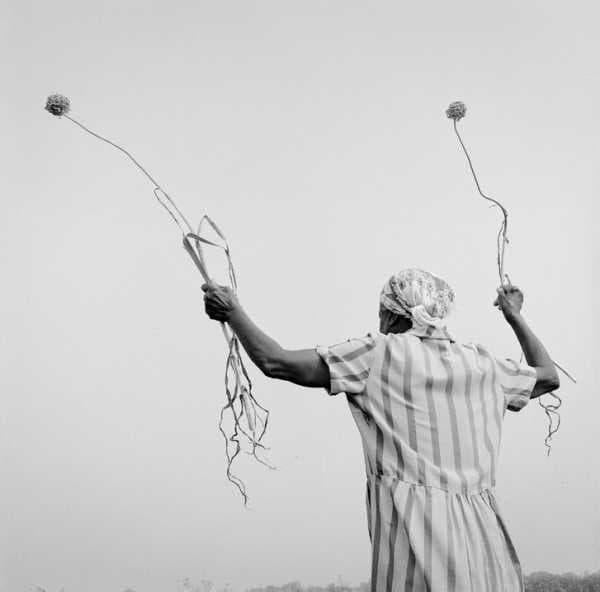
“Garlic,” 1991.
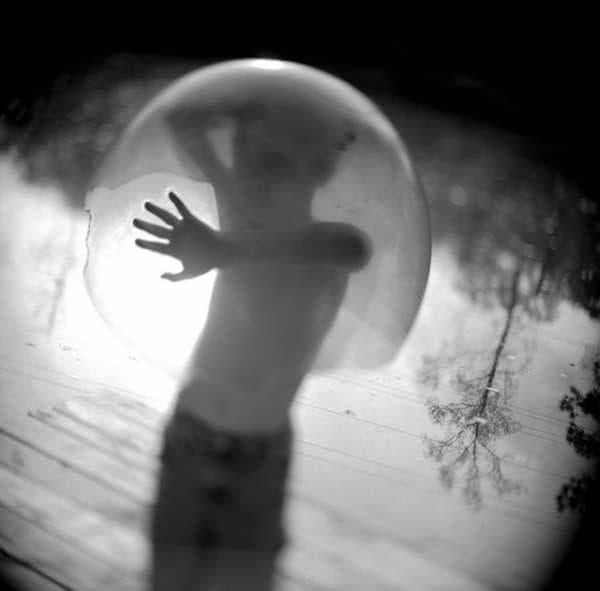
“Bubble,” 2003.
Despite the perplexing beauty of this later work, it is Carter’s first monograph, “From Uncertain to Blue,” that I continue to return to. The collection emerged from a road trip that Carter took with his late wife, Patricia, for their tenth wedding anniversary; the drive began on a whim and evolved into a “two-year sojourn,” according to Carter, as they spent most weekends and summers visiting the places with curious names on a moving company’s master list of Texas towns.
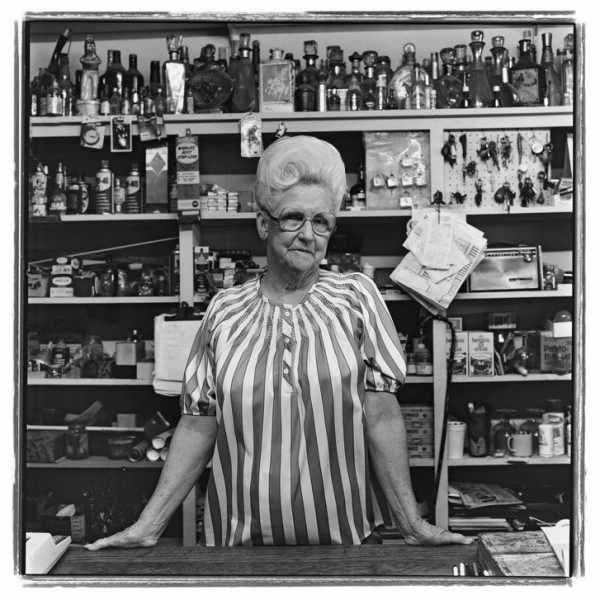
“Bebe, Texas,” 1985.
The resulting book features one image from each of a hundred small towns across Texas, from Ding Dong to Smiley to Nada (and from Uncertain to Blue). Throughout my childhood in Austin, these snapshots added texture to the stories I heard of my grandparents’ small-town Texas upbringings, a world that I only ever experience second-hand, on family road trips across the state. In “Bebe,” a woman with a coiffed sixties beehive stands at a convenience-store counter before her bottle collection and keys that open “every gate and door in the area,” according to the book; despite the woman’s commanding body language, her gaze betrays a cautious geniality, a measured strength that reminds me of so many other Texas women I’ve known.
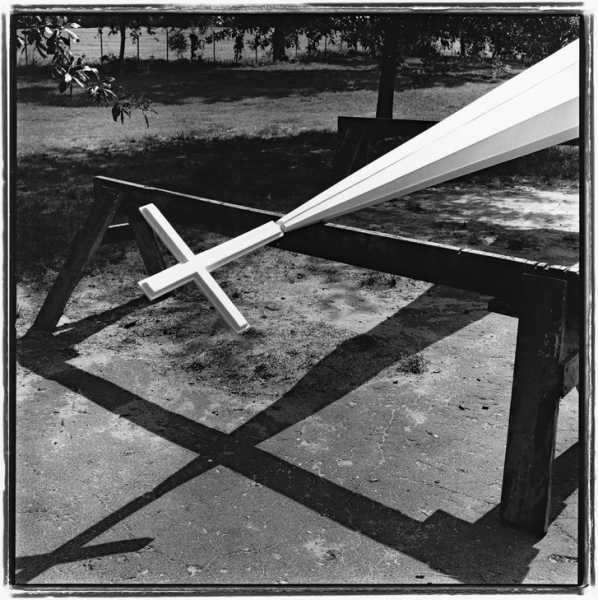
“Hoard, Texas,” 1985.
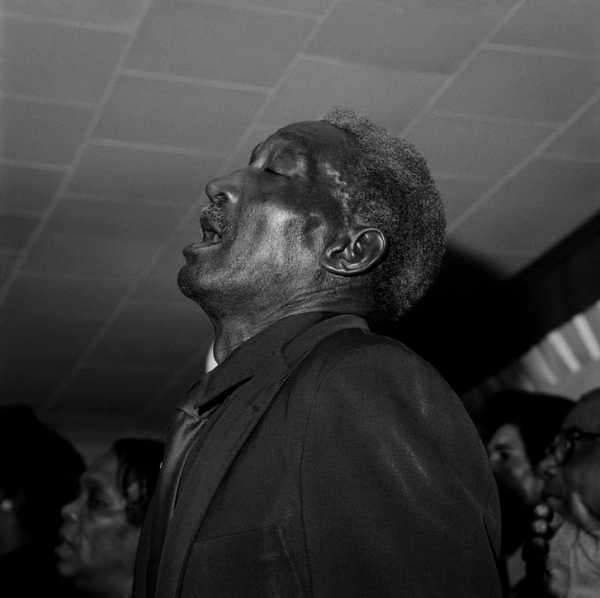
“New Bethel Missionary Baptist Church,” 1985.
Rural and urban Texas may seem to be two worlds opposed—and they certainly vote as if they were—but state pride is non-partisan; most Texans can agree that they’re exceptional just by virtue of having been born there, even if they disagree about what exactly makes them so special. Carter’s photographs provide a vision of Texas as we all want to imagine it to be: a hot-as-hell oasis where people lead picturesque yet complex lives, imbued with a sense of calm that can only be felt when an endless landscape extends in all directions. His work helps a transplant like me remember the state for the things that I miss rather than for the reasons I left.
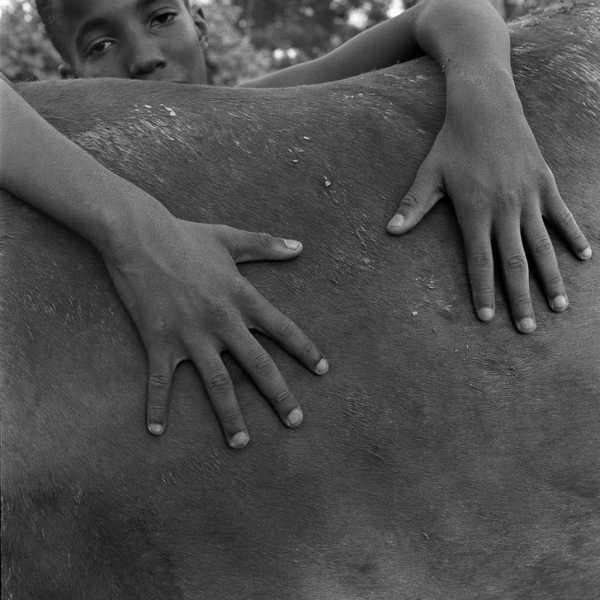
“Goodbye to a Horse,” 1993.
Keith Carter
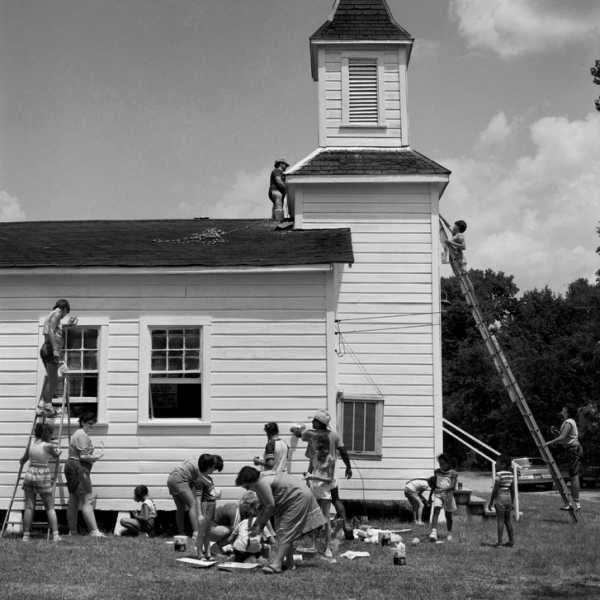
“Lovelady, Texas,” 1986.
Keith Carter
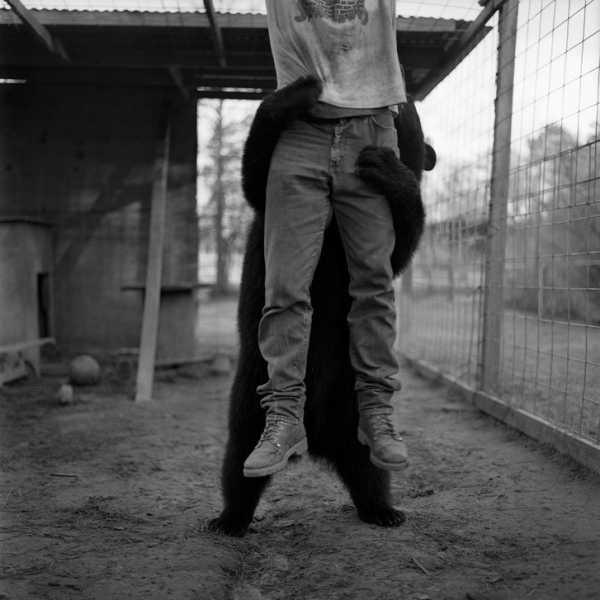
“Black Bear,” 1996.
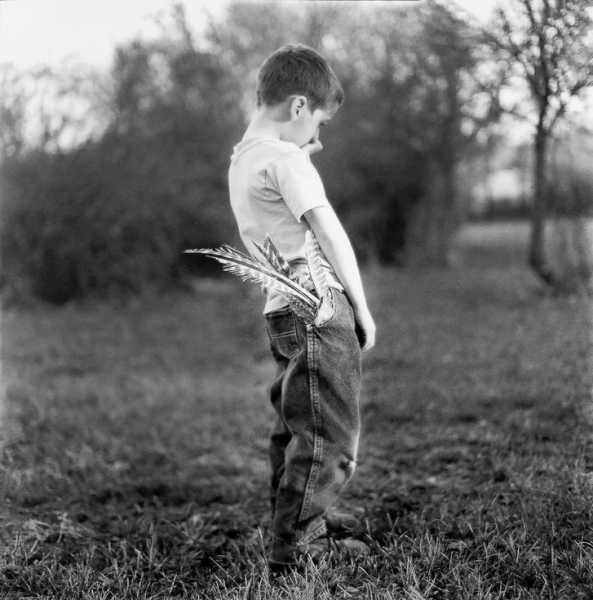
“Turkey Feathers,” 1996.
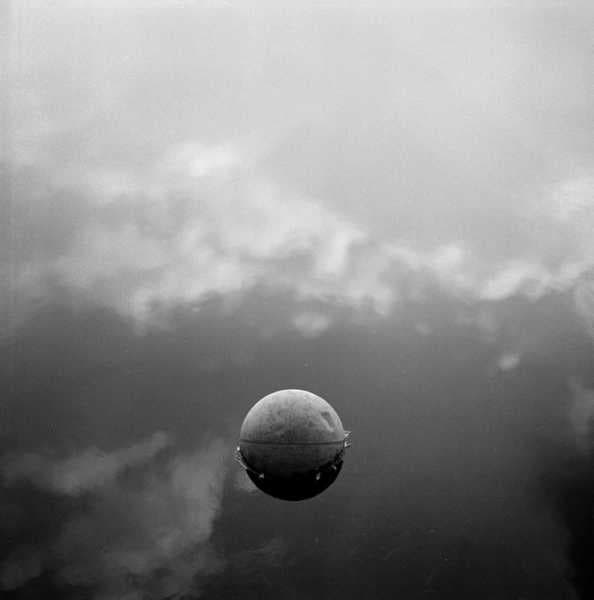
“Sky and Water,” 1996.
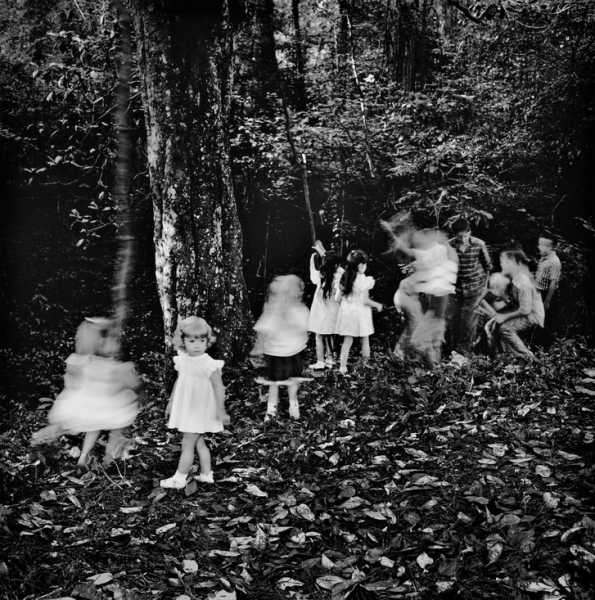
“Brush Arbor Children,” 1989.
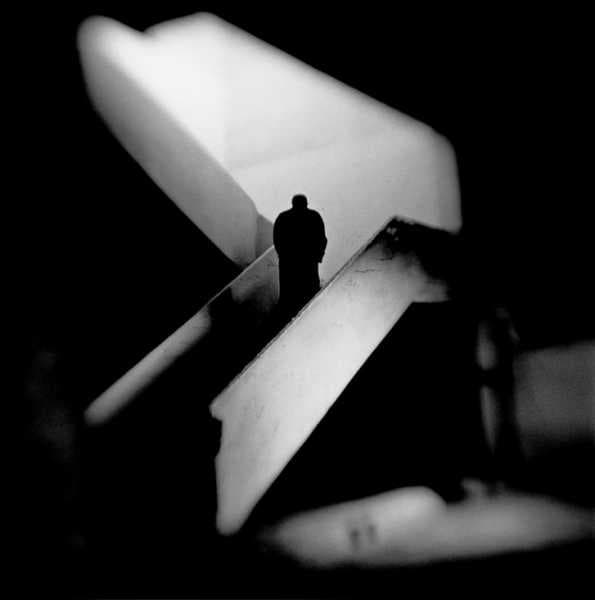
“Stairway,” 2005.
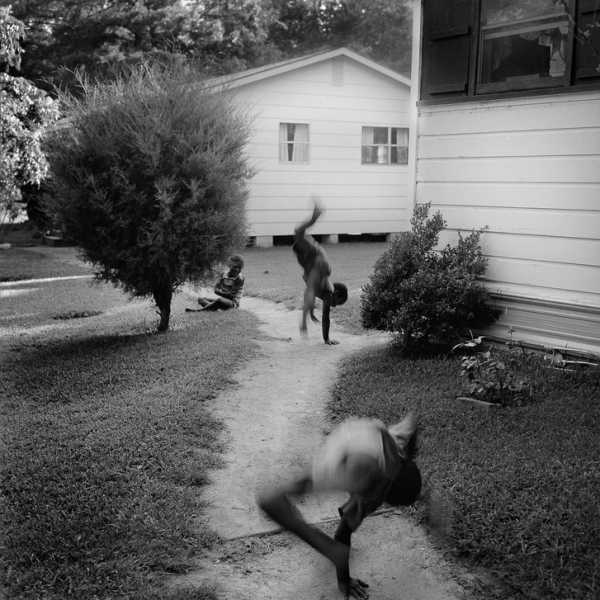
“Uncertain, Texas,” 1986.
Sourse: newyorker.com






